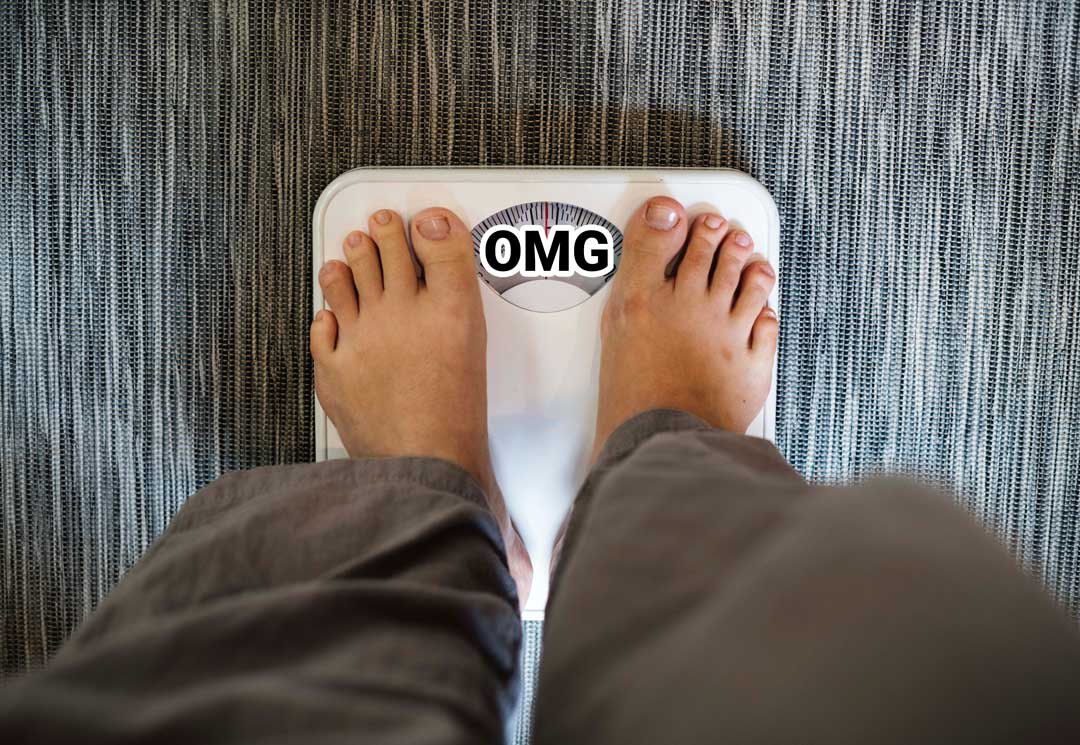Impact of diabetes on feet
Diabetes is often referred to as a lifestyle disease where the body’s ability to produce insulin is impaired. Low insulin levels result in high blood sugar. Diabetes is the root of various life threatening complications and disorders which develop later on in life like foot ulcers, loss of sensation, gangrene and many more.
Global statistics suggest that one in six people with diabetes in the world is from India. At 77 million, India has the second highest number of diabetics; becoming the 2nd leader of the world in diabetes. The International Diabetes Federation (IDF) offers projections that continue to order India at the second slot right up to 2045. In the next 25 years over 134 million Indians are expected to suffer from diabetes.
Taking into consideration the complications of diabetes, we will put special focus on one of its biggest secondary effects/ ailments, which is foot diseases.




